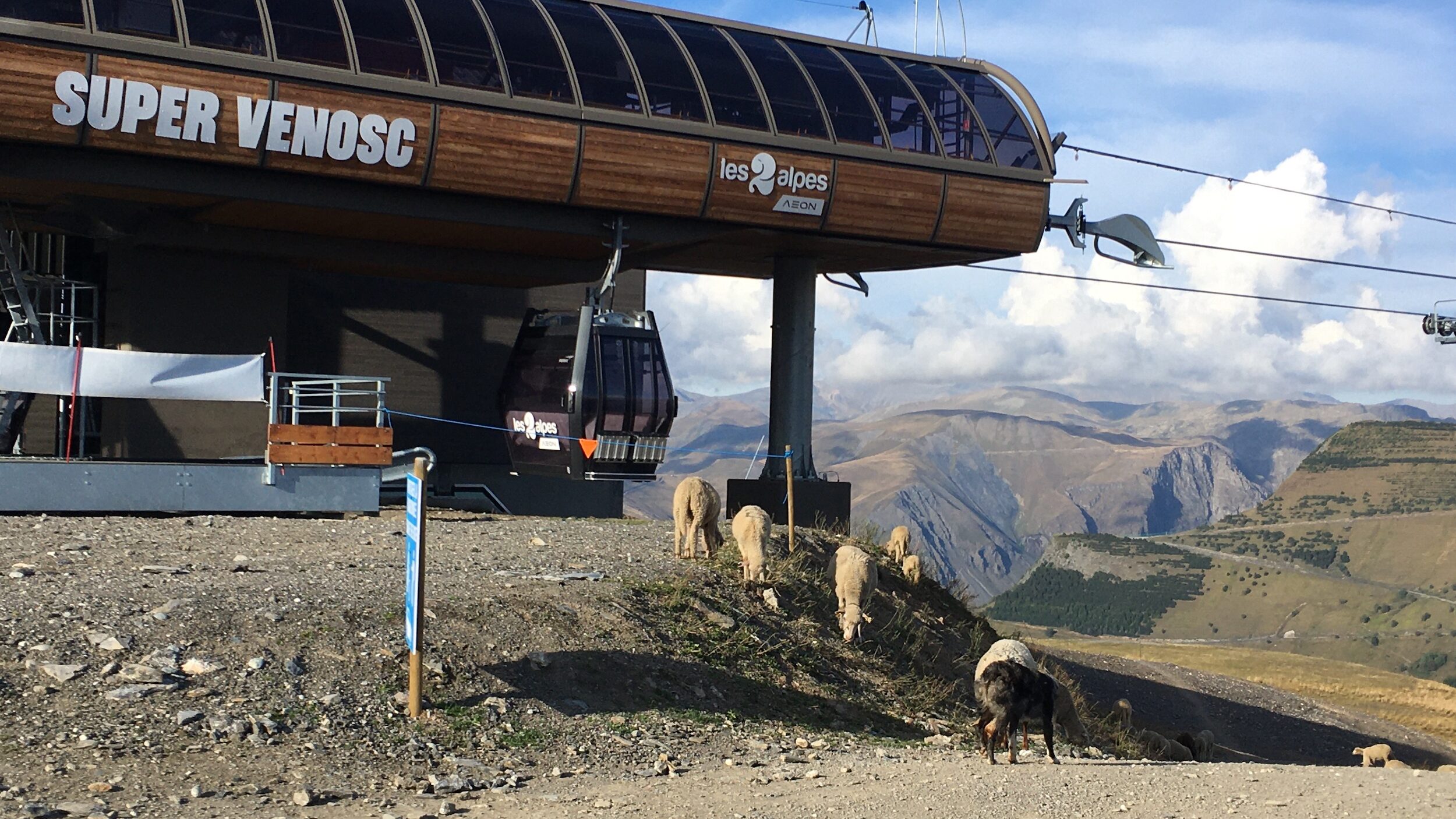Spartage: Coexistence between human activities and mountain biodiversity
Début du projet : 2022The Alps are marked by social and ecological changes (visitor numbers, the return of the wolf, etc.). It seems necessary to examine the practices and uses of these territories and their impact on the natural environment. This project will bring together sociology and ecology to examine the practices arising from this changing environment.
 © Noémie Bailly
© Noémie Bailly
As part of the mirror thesis program of Labex OSUG and ITTEM, two approaches are being developed to address the question of how users share mountain space.
The comprehensive approach led by Noémie Bailly (in connection with her thesis) aims to understand the different uses of these areas and the interactions that take place between recreational activities and pastoralism. Rooted in sociology and social and cultural geography, this approach enables us to better grasp the processes of cohabitation between activities. In this way, we can examine the multiplicity of experiences of nature, and therefore of conceptions of living together between humans and living non-humans.
In addition to the sociological approach, Perle Charlot’s approach is rooted in biogeography and spatial ecology. By modeling mountain space as a resource that is shared by different users, the aim is to characterize the environmental requirements of each in order to identify specific areas of overlap between human activities and wildlife.
The doctoral students share a field of study, the southern Belledonne massif, in which local players involved in the management of space and users are interviewed and collaborate in order to build cross-reflections. In addition, immersive field phases enable the PhD students to gain a better understanding of certain realities of the terrain and its various facets (landscape, geomorphology, infrastructure, visitor numbers, etc.).
Search Belledonne Ecrins Suisse Natural areas, resources and biodiversity Populations and territories Tourism and recreational practices


